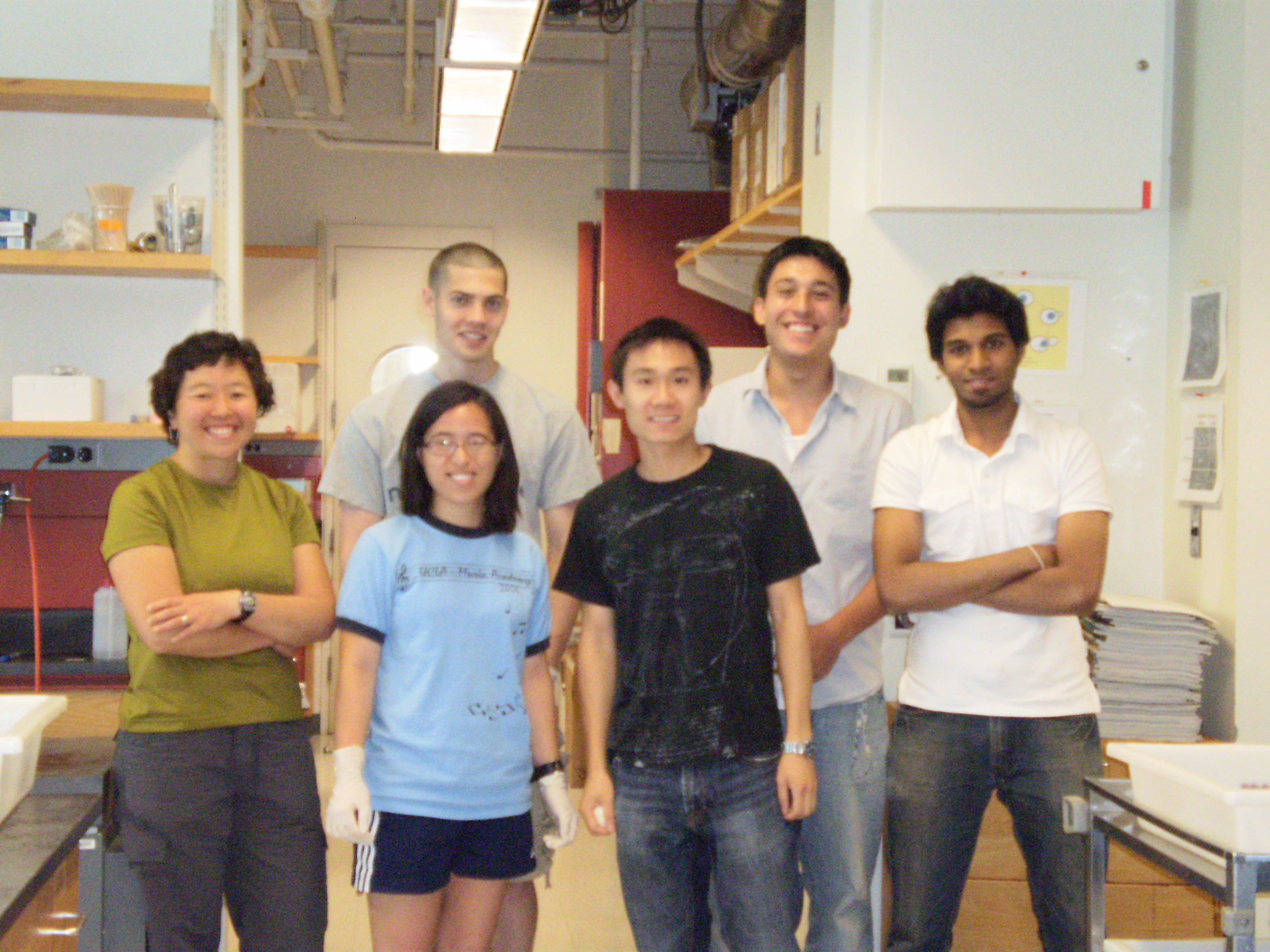Team:Cornell
From 2009.igem.org
(Difference between revisions)
(→Project Abstract) |
Bammarata89 (Talk | contribs) |
||
| (One intermediate revision not shown) | |||
| Line 3: | Line 3: | ||
| | | | ||
{| style="border:1px solid #cef2e0; background:#f5fffa; color:#008811; vertical-align:top;" cellpadding="3" cellspacing="1" width="900px" align="center" | {| style="border:1px solid #cef2e0; background:#f5fffa; color:#008811; vertical-align:top;" cellpadding="3" cellspacing="1" width="900px" align="center" | ||
| - | !align="center"|[[Team:Cornell | + | !align="center"|[[Team:Cornell|The Project]] |
| - | + | ||
| - | + | ||
!align="center"|[[Team:Cornell/Project/Background|Background]] | !align="center"|[[Team:Cornell/Project/Background|Background]] | ||
| - | |||
!align="center"|[[Team:Cornell/Project/Design|Design]] | !align="center"|[[Team:Cornell/Project/Design|Design]] | ||
| - | |||
!align="center"|[[Team:Cornell/Parts|Parts Submitted to the Registry]] | !align="center"|[[Team:Cornell/Parts|Parts Submitted to the Registry]] | ||
!align="center"|[[Team:Cornell/Notebook|Notebook]] | !align="center"|[[Team:Cornell/Notebook|Notebook]] | ||
| + | !align="center"|[[Team:Cornell/Team|The Team]] | ||
|} | |} | ||
=Project Abstract= | =Project Abstract= | ||
[[Image:CUTeam.JPG|right|500px]] | [[Image:CUTeam.JPG|right|500px]] | ||
| - | |||
Latest revision as of 20:00, 24 October 2010
Project Abstract |
 "
"

